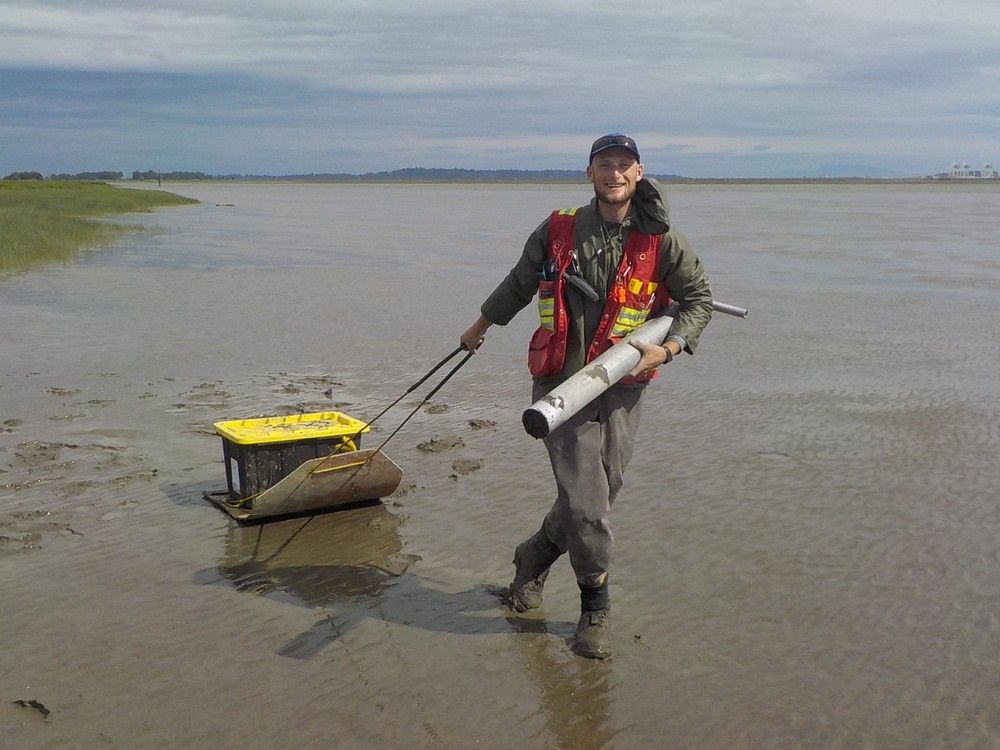Confession: I love fashion. I take my sartorial choices very seriously. Buying clothes and sneakers is a guilty pleasure of mine.
Don’t get me wrong, I’m not into the high-end stuff. It is unaffordable, and brands such as Cotton On, Nike and Zara have clothes that make you look great without the expense.
But how much do people know about the fashion industry and its effect on the environment and contribution to climate change?
For starters, globally, clothing production has roughly doubled since 2000, according to Lorna Christie, a senior lecturer in the department of life and consumer sciences at the University of South Africa.
“People bought 60% more garments in 2014 compared to the year 2000 — and they only kept the clothes for half as long as before,” she said.
South Africans spent R180 billion on clothing and textiles in 2017, accounting for 18% of all retail sales that year, said Christie, adding that the strong fashion base in the country is steadily growing.
So, what’s wrong with fast fashion? Basically, it is clothing that resembles that shown on catwalks and worn by celebrities, but mountains of it are made rapidly and cheaply.
The global fashion industry is an enormous $2.4 trillion industry, employing about 300 million people throughout the production process. Huge volumes of water are used and carbon emissions are produced, which is a major cause of climate change. And let’s not forget the often terrible working conditions in factories.
A United Nations report on climate change noted that the fashion industry contributes 10% of global greenhouse gas emissions through its long supply chains and because production uses a lot of energy. “The industry consumes more energy than the aviation and shipping industry combined.”
About 20% of global clean water pollution comes from dyeing and finishing products, according to figures from the United Nations Environment Programme (UNDP) and the Ellen MacArthur Foundation, which aims to create a circular economy designed to eliminate waste and pollution and regenerate the environment. The statistics become more alarming.
The fashion industry uses 93 billion cubic metres of water a year — enough for five million people’s water needs.
To get a clearer understanding of what these figures mean, making a pair of jeans — from the cotton field to the shop floor — requires 3 781 litres of water, an “emission of around 33.4 kilogrammes of carbon equivalent”.
On top of this, half a million tonnes of plastic microfibres — the equivalent of 50 billion plastic bottles — end up in the sea. “The danger? Microfibres cannot be extracted from the water and they can spread throughout the food chain,” notes a World Bank report using UNDP figures.
Because fast fashion garments are of poor quality, they do not last long and are soon thrown out. The UNDP estimates that 87% of total fibre content used in clothing is either burnt or ends up in landfills.
Oxfam, a group dedicated to fighting poverty, found that about 70% of discarded clothing donated globally makes its way to the African continent. Although the intention was good, the quality of the clothes is so poor they end up being dumped. Among the countries affected are Kenya, Ghana and Tanzania. For context, Ghana discards 100 tonnes of clothes every day, the equivalent of the weight of a killer whale.
Christie said that these discarded clothes are hugely polluting. “The chemicals used in the manufacture are released, and because of all the synthetic fibres used, clothes either don’t decompose or they decompose very slowly.”
Shein, Shein, Shein
If you missed it, the subhead above is a play on “shame, shame, shame”, a dark scene in Game of Thrones where a popular character is marched through the streets while the public yells “shame” and throw faeces at her for her actions. Shein is an online fashion brand selling cheap clothing, shipping it worldwide.
On Instagram, Environment by Impact explored Shein’s effect on nature and the amount of clothes it produces. It found that about 92 million tonnes of Shein clothing ends up in landfills — the equivalent of one garbage truck every second.
The brand has seen a huge rise in popularity in recent years because of its low prices and fast production of new styles. It’s also popular with the younger folk on TikTok.
Recently, the brand faced criticism on social media because of the lead found in children’s clothing. Lead has a particularly bad effect on pregnant women, babies and young children.
The brand was under investigation in South Africa for evading tax by shipping clothes in smaller packages.
But that’s not all. “Shein has repeatedly come under fire for poor working conditions, high levels of toxic chemicals in its clothing, copying independent designers’ items and mishandling customer data,” wrote Sangeeta Singh-Kurtz, a senior writer for the site The Cut.
There are allegations that its employees endure harsh work conditions and terrible pay. Yet South Africans buy their clothes regularly, mostly because it is affordable.
So how do we mitigate the damage done by fast fashion? Here are some solutions.
Solutions
Start off by being more conscious. Check the companies that produce the clothing you buy and their practices.
Buy good quality clothes because they will last a long time, or buy second-hand items.
Know what happens to your clothes when you are done with them. Recycle or donate unwanted garments to avoid the landfill.
Mend your clothes.
Be aware of greenwashing. Brands like to make claims about doing things for the benefit of the environment. Do your own research. The Sustainable Brand Index and the Fashion Revolution Transparency Index publish information on brands and their practices.
But the simplest solution of all is to cut down. Stop buying so much clothing — buy things that will endure. I’m talking to myself too. “Stop your sartorial nonsense!” is what I have to tell myself.
















.jpg?itok=F2C4uk0x)




Discussion about this post